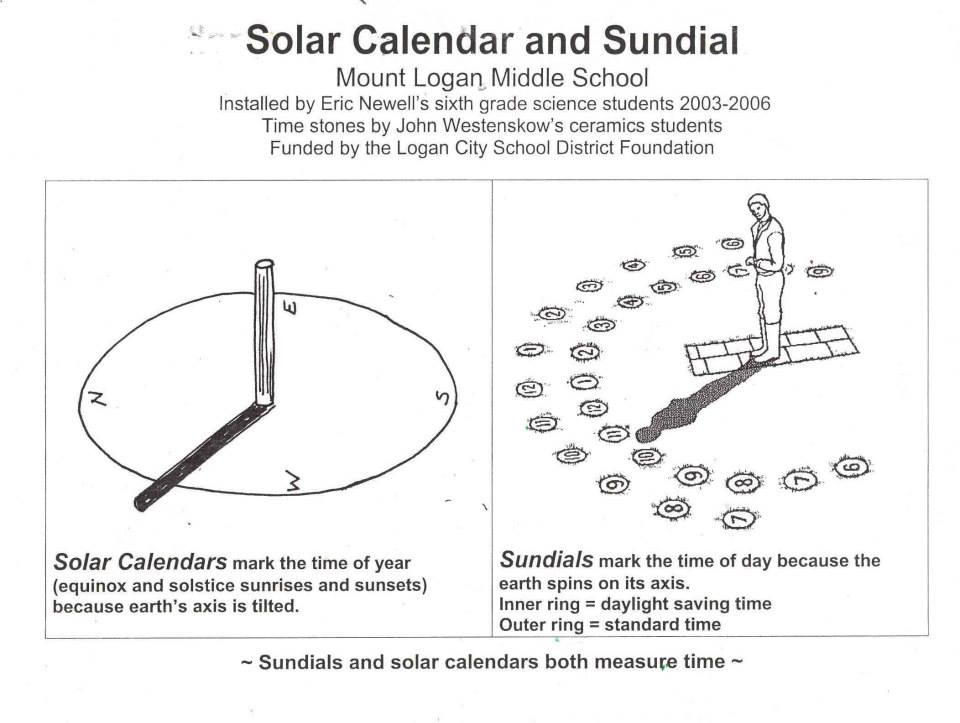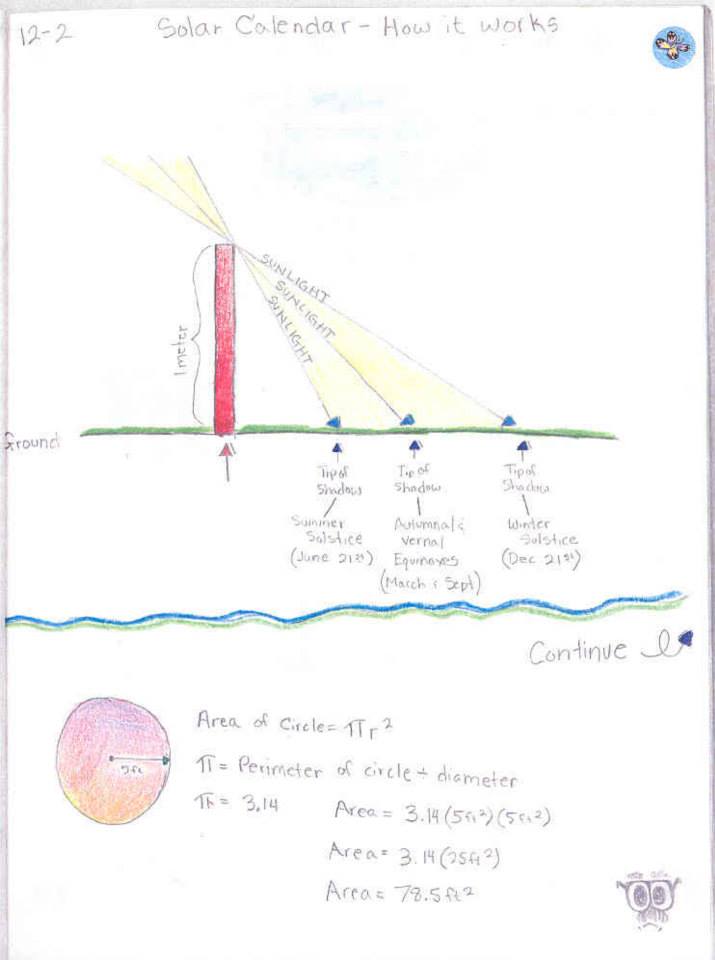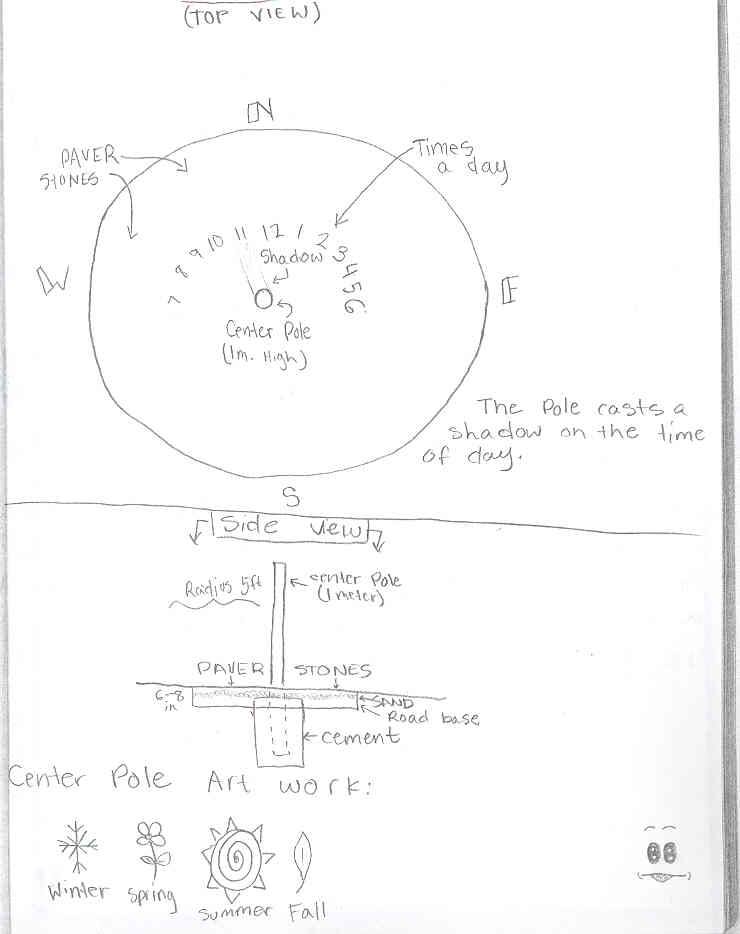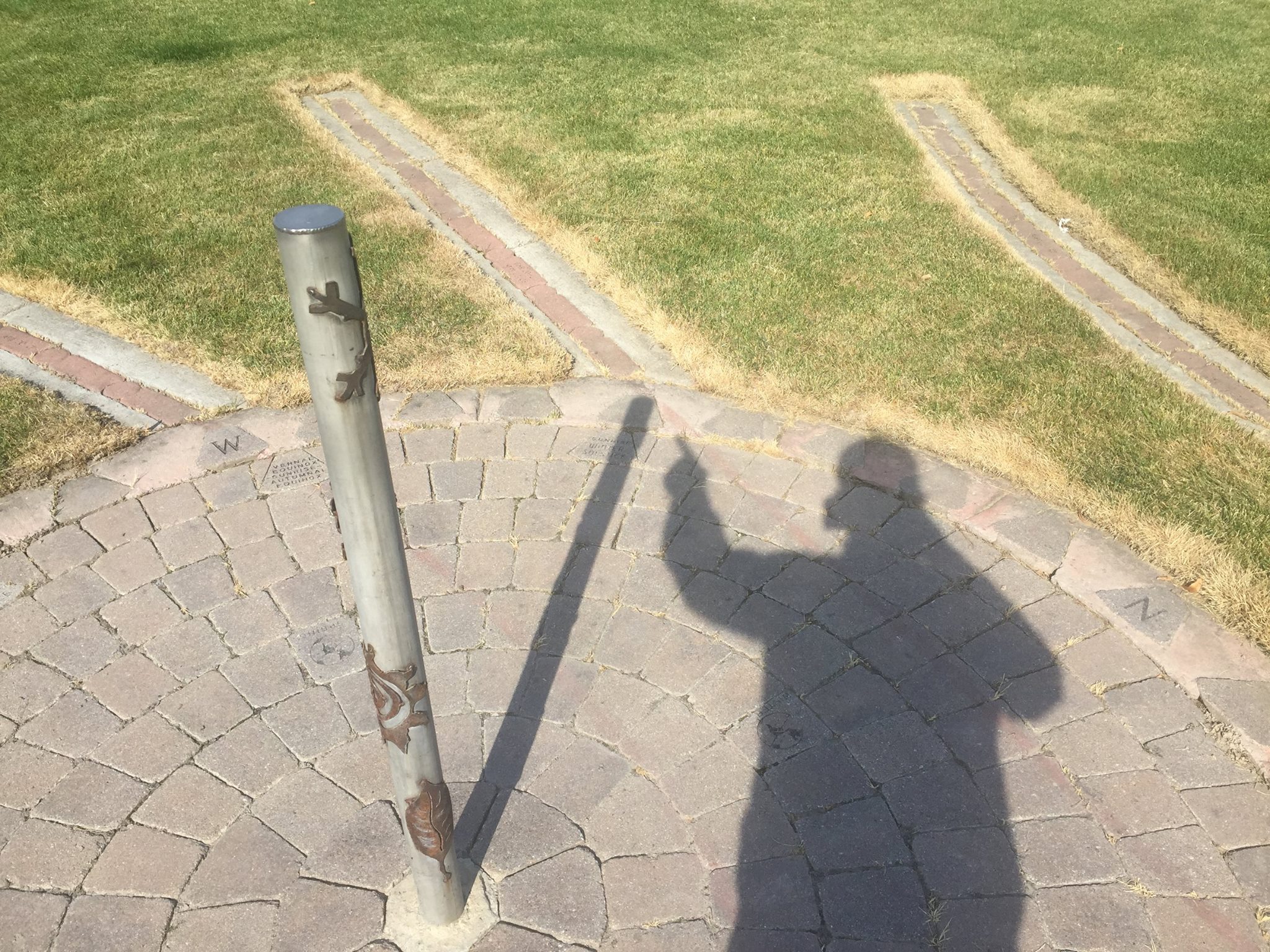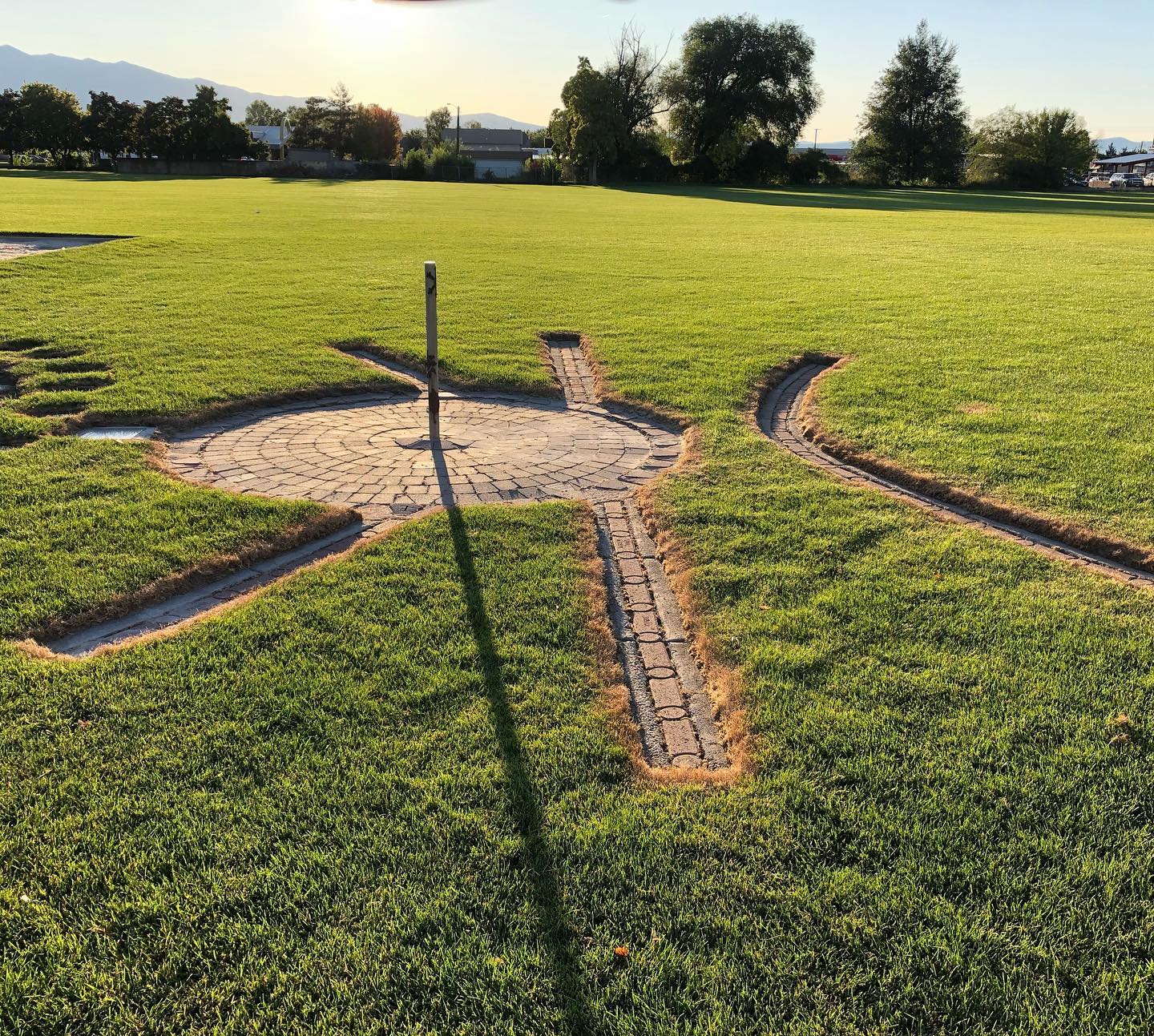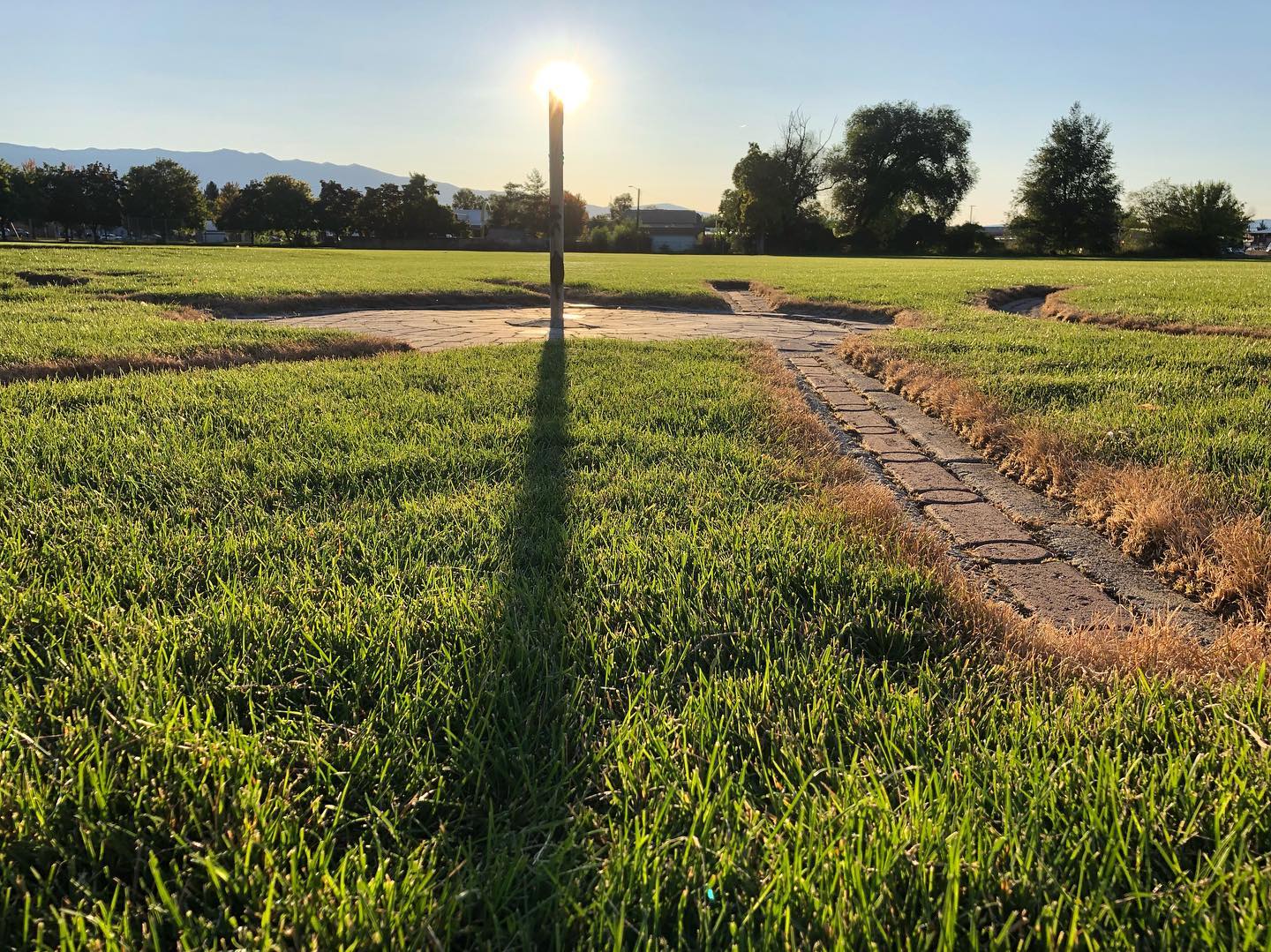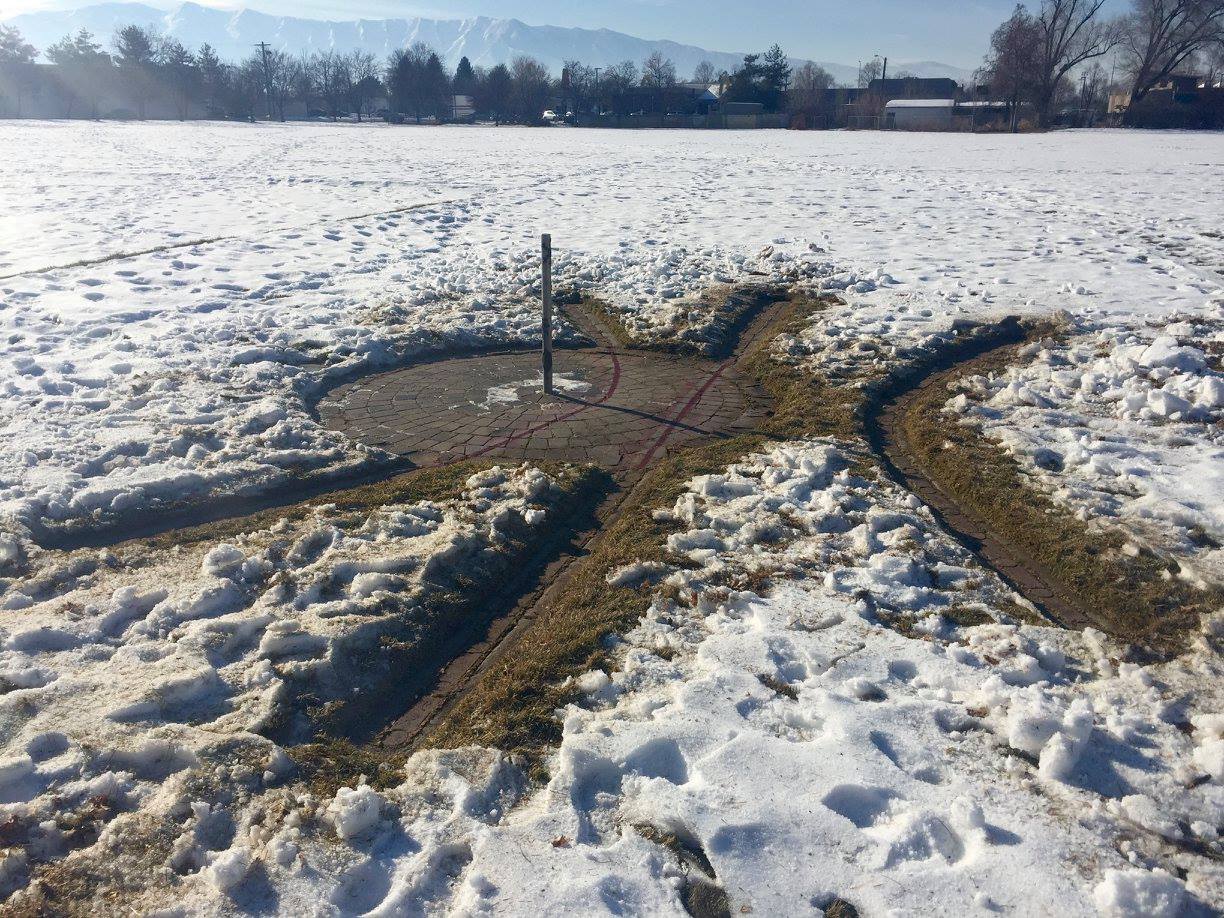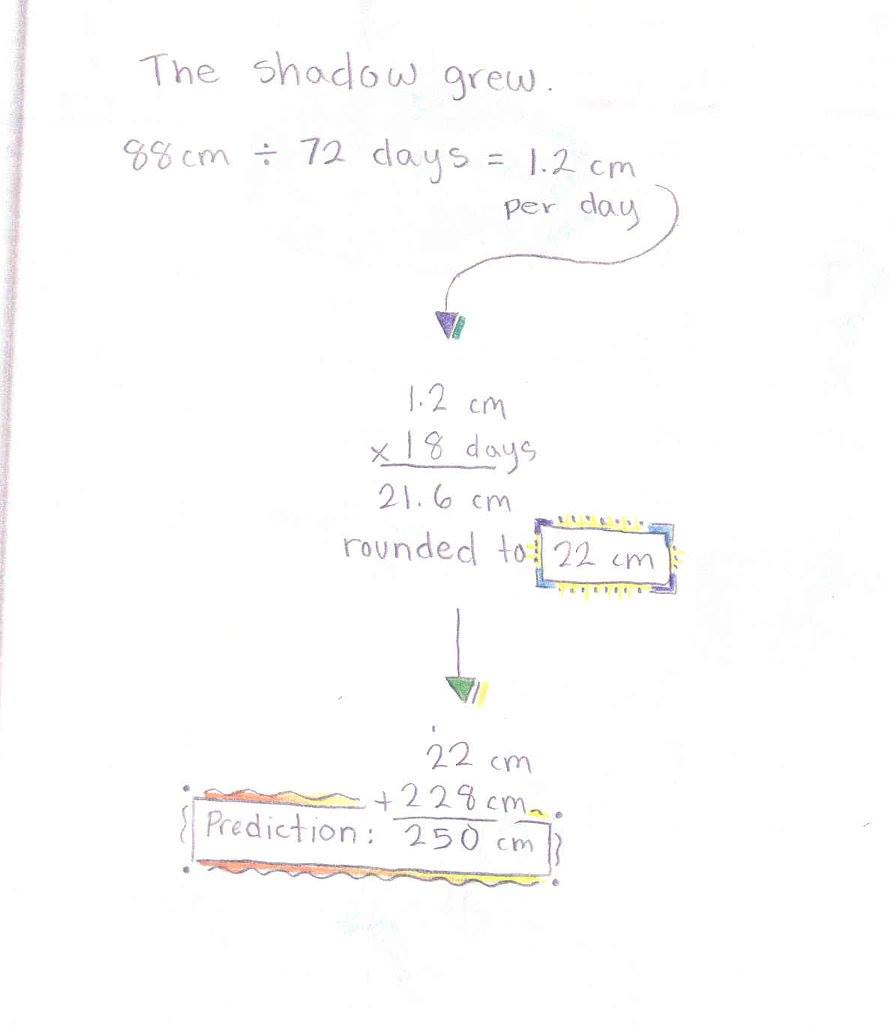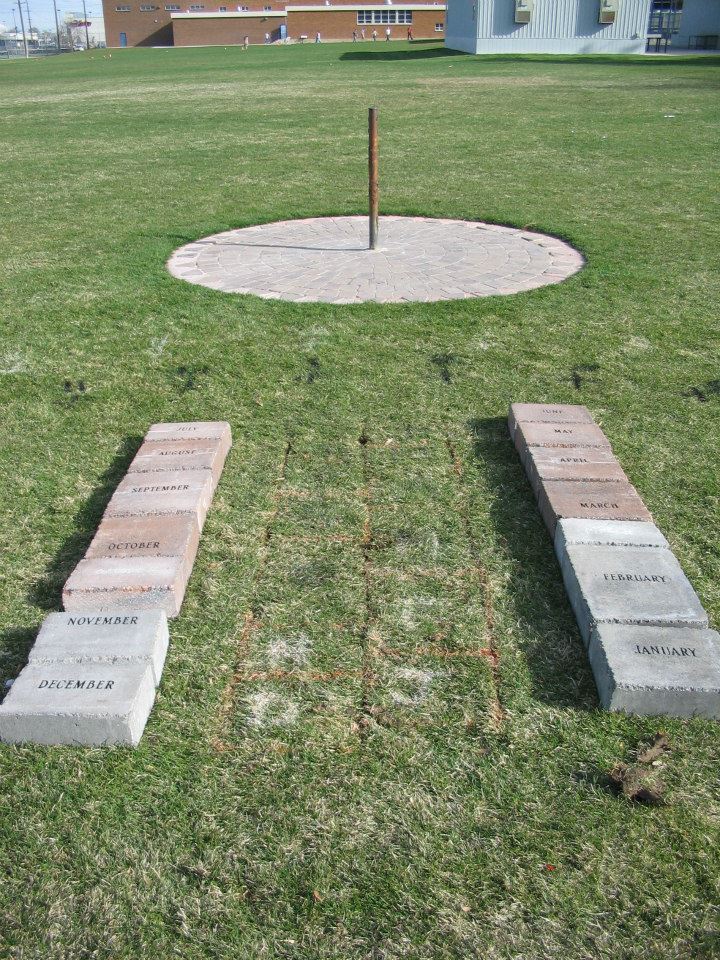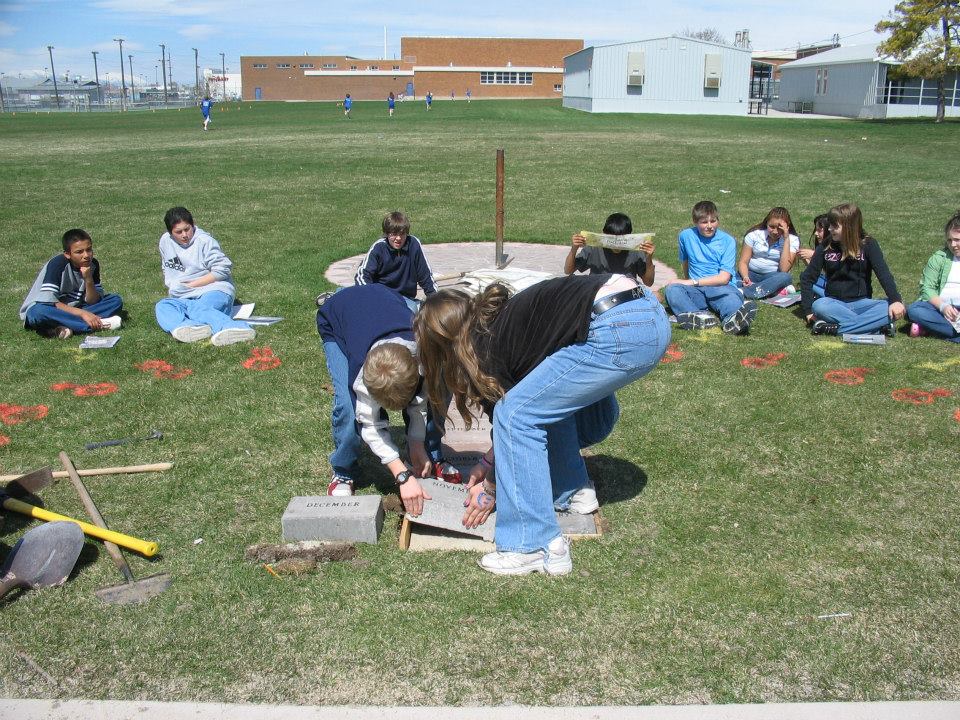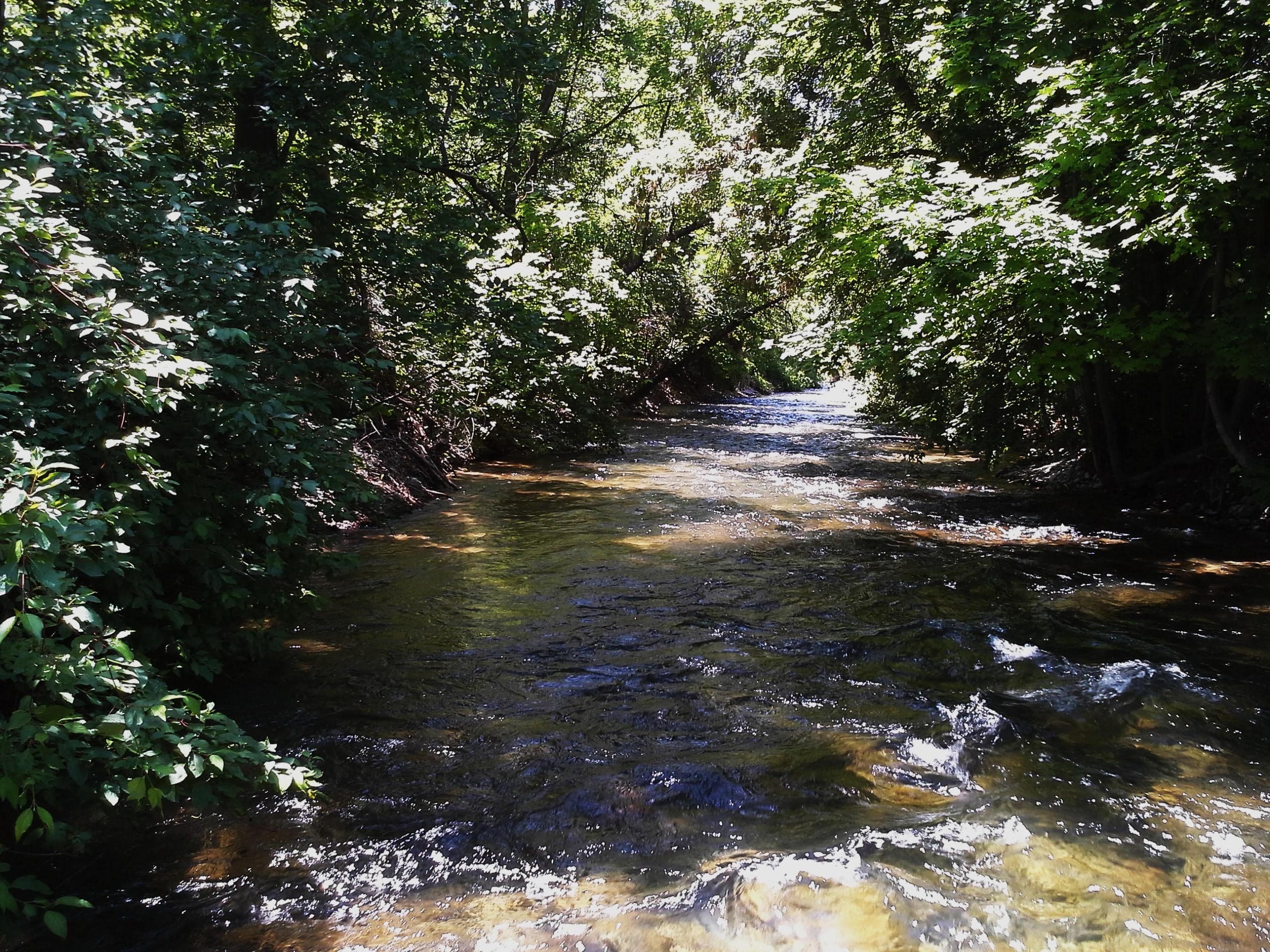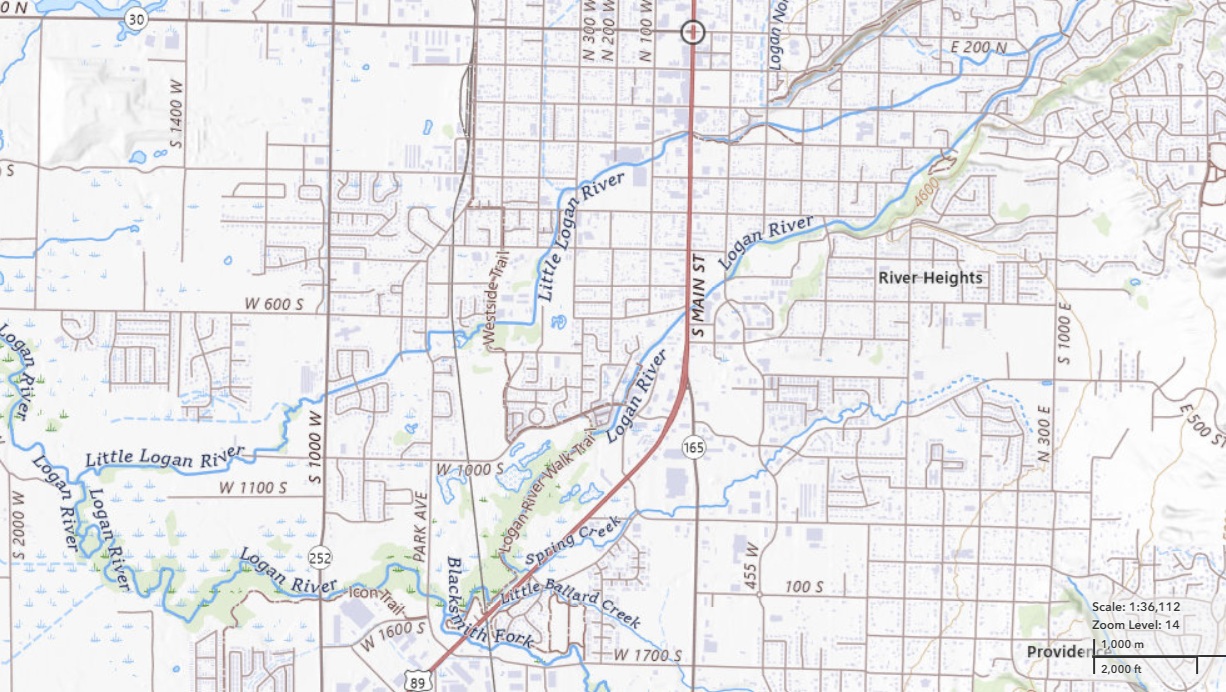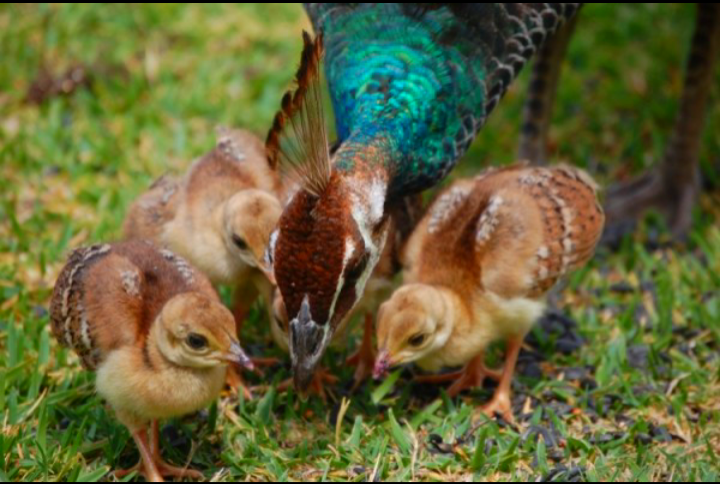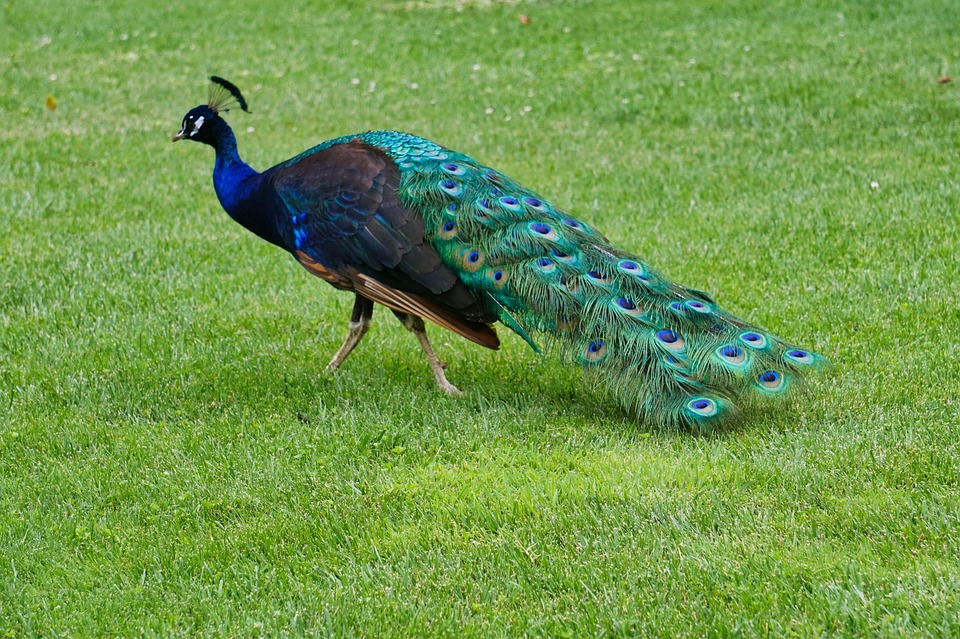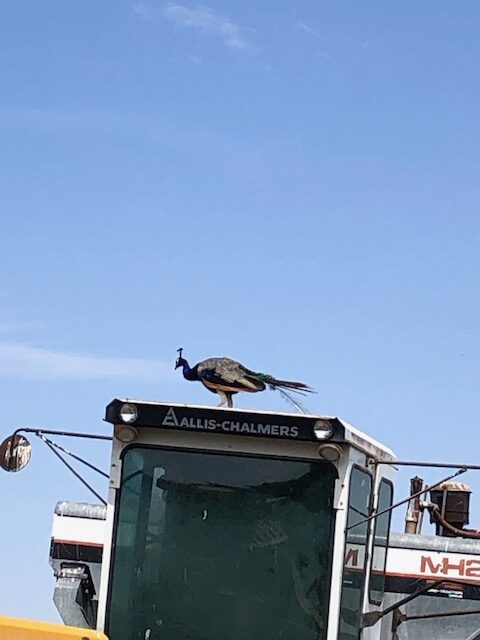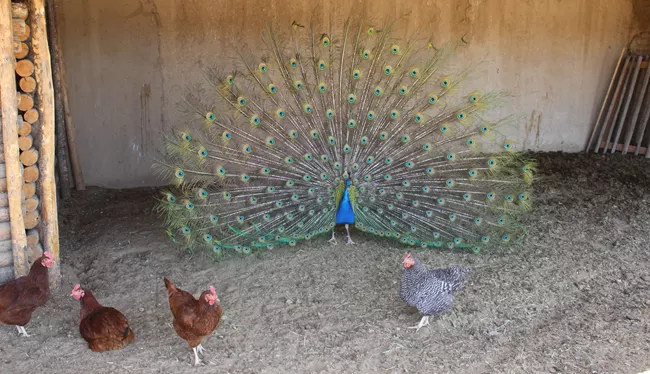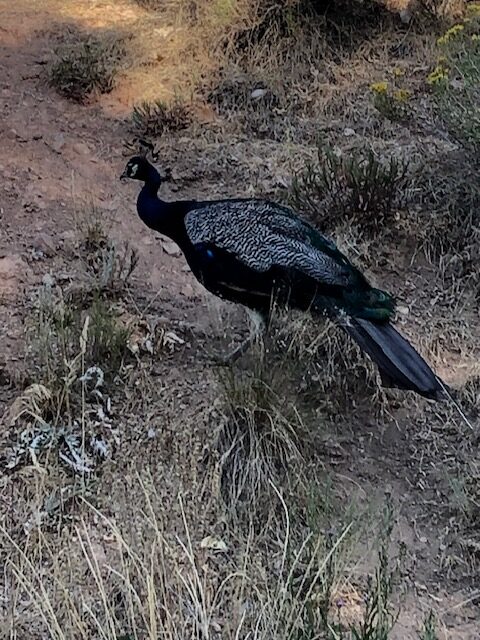
Seedskadee National Wildlife Refuge
Courtesy US FWS, Tom Koerner, Photographer

Gila Cypha
Courtesy US FWS, S Nev. FWO
 River Otter, Lontra canadensis
River Otter, Lontra canadensis
Blue Lake National Wildlife Refuge
Courtesy US FWS, Ted Narveson, Photographer
 River Otter, Lontra canadensis
River Otter, Lontra canadensis
Malheur National Wildlife Refuge
Courtesy US FWS, Barbara Wheeler, Photographer
 River Otter, Lontra canadensis
River Otter, Lontra canadensis
Seedskadee National Wildlife Refuge
Courtesy US FWS, Tom Koerner, Photographer
 River Otter, Lontra canadensis
River Otter, Lontra canadensis
Turnbull National Wildlife Refuge
Courtesy US FWS, Tim Holman, Photographer
 River Otter, Lontra canadensis
River Otter, Lontra canadensis
Big Stone National Wildlife Refuge
Courtesy US FWS, Mike Budd, PhotographerI stood mesmerized by the beauty of the tranquil setting and glowing cottonwoods dwarfed by rainbow colored cliffs. The spell was suddenly shattered by a large aquatic mammal swimming nearby. Thinking it was a beaver, I awaited the telltale slap of its tail as it neared my position. Suddenly it began swimming wildly in a river backwater immediately in front of me. A river otter! This was my first sighting of a freshwater otter. I had seen many much larger marine otters on the west coast lying on their backs in kelp forests using rocks to crack open shellfish.
River otters had been nearly extirpated from Utah and recently reintroduced from 1989-1992, all of which doubled my excitement! As the otter accelerated, a fin emerged about a dozen feet in front of the predator. A large fish and strong swimmer, it led the otter on a wild, zigzag chase in the backwater. Finally, the otter captured the exhausted fish- an endangered humpbacked chub! It hauled out with a fish dinner on a flat boulder protruding from the water no more than 20 feet from where I stood. It cradled the large fish in its arms prepared to deliver the death bite through the head when it suddenly realized my statuesque presence.
Startled by my presence, it allowed the humpback to flip loose and return to the water. The otter was immediately on it, but the fish surged from the calm backwater to the main river channel current and disappeared. I was stunned by what happened next. The otter returned to the flat rock where it had held the fish, looked directly at me, and hurled what had to be a stream of otter profanity toward me! Me Me Me Me!!! (repeated several times) I have yet to fully recover from the insults!
River otters are important as indicators of healthy aquatic environments. They have a low tolerance for polluted water and require an abundant prey population. Due to their secretive nature, wide ranges, and low densities, otter populations are difficult to monitor. Currently, there is not a population estimate for Utah. Knowing where they are located is vital to managing this species. Recreationists can help with their management by reporting any sightings.
River otters primarily eat fish, but are also known to prey on small mammals, aquatic birds, crayfish and insects.
Now I must revisit the Disney film “Flash, the Teenage Otter”, to get reacquainted with this playful, highly intelligent and comical relative!
Jack Greene for Bridgerland Audubon Society, and I’m forever Wild About Utah’s River Otters & Humpback Chubs!
Credits:
Images Courtesy US FWS, photographers marked with each image
Audio: Courtesy & © Kevin Colver https://wildstore.wildsanctuary.com/
Text: Jack Greene, Bridgerland Audubon, https://bridgerlandaudubon.org/
Additional Reading: Lyle W Bingham, Webmaster, and Jack Greene, Author, Bridgerland Audubon, https://bridgerlandaudubon.org/
Additional Reading:
Jack Greene’s Postings on Wild About Utah, https://wildaboututah.org/author/jack/
Flash, the Teenage Otter
Filmed almost entirely at a Wisconsin game preserve, this episode of “”Walt Disney Presents”” was based on a book by Emil Liers. The program chronicles the early life and adventures of two otters, Flash and Fleta, and their close-knit family. Upon reaching their rebellious teen years, Flash strikes out on his own, experiencing all manner of exciting and life-threatening exploits, especially when coming in contact with that predatory species known as Man. But as the “”teaser”” to this episode tipped off a week in advance, Flash is ultimately and happily reunited with his loved ones. “”Flash, the Teenage Otter”” was released theatrically in 1961. –more–
Flash the Teenage Otter, The Wonderful World of Disney, [Review above from] TheTVDB.com, A Whip Media Company, https://thetvdb.com/series/the-wonderful-world-of-disney/episodes/245964
See also:
Liers, Emil, An Otter’s Story, The Viking Press, April 3, 1953, https://www.amazon.com/Otters-Story-Emil-Liers/dp/0670529753
Humpback Chub, , Utah Species, Utah Division of Wildlife Resources, https://fieldguide.wildlife.utah.gov/?species=gila%20cypha
Northern River Otter, Utah Species, Utah Division of Wildlife Resources, https://fieldguide.wildlife.utah.gov/?species=lontra%20canadensis

![Click on to view the images in a new tab or window This [observatory in Chacho Canyon, NM], is constructed of three large stone slabs [.https://wildaboututah.org/wp-content/uploads/sdagger_s1.jpg] wedged upright with smaller stones. On the day of the summer solstice, a dagger of light cast by the rising sun bisects a spiral carved into the rock behind the stones. On the winter solstice, two daggers of light frame the spiral. https://solarscience.msfc.nasa.gov/suntime/images/sdagger2_s.jpg](https://wildaboututah.org/wp-content/uploads/sdagger2_s1.jpg)
